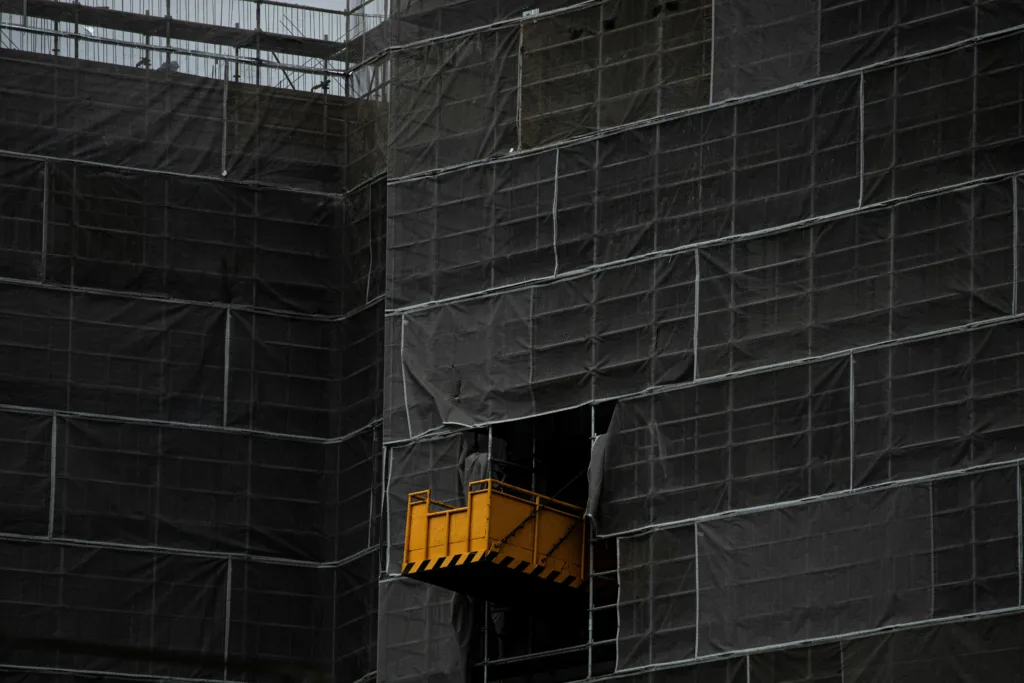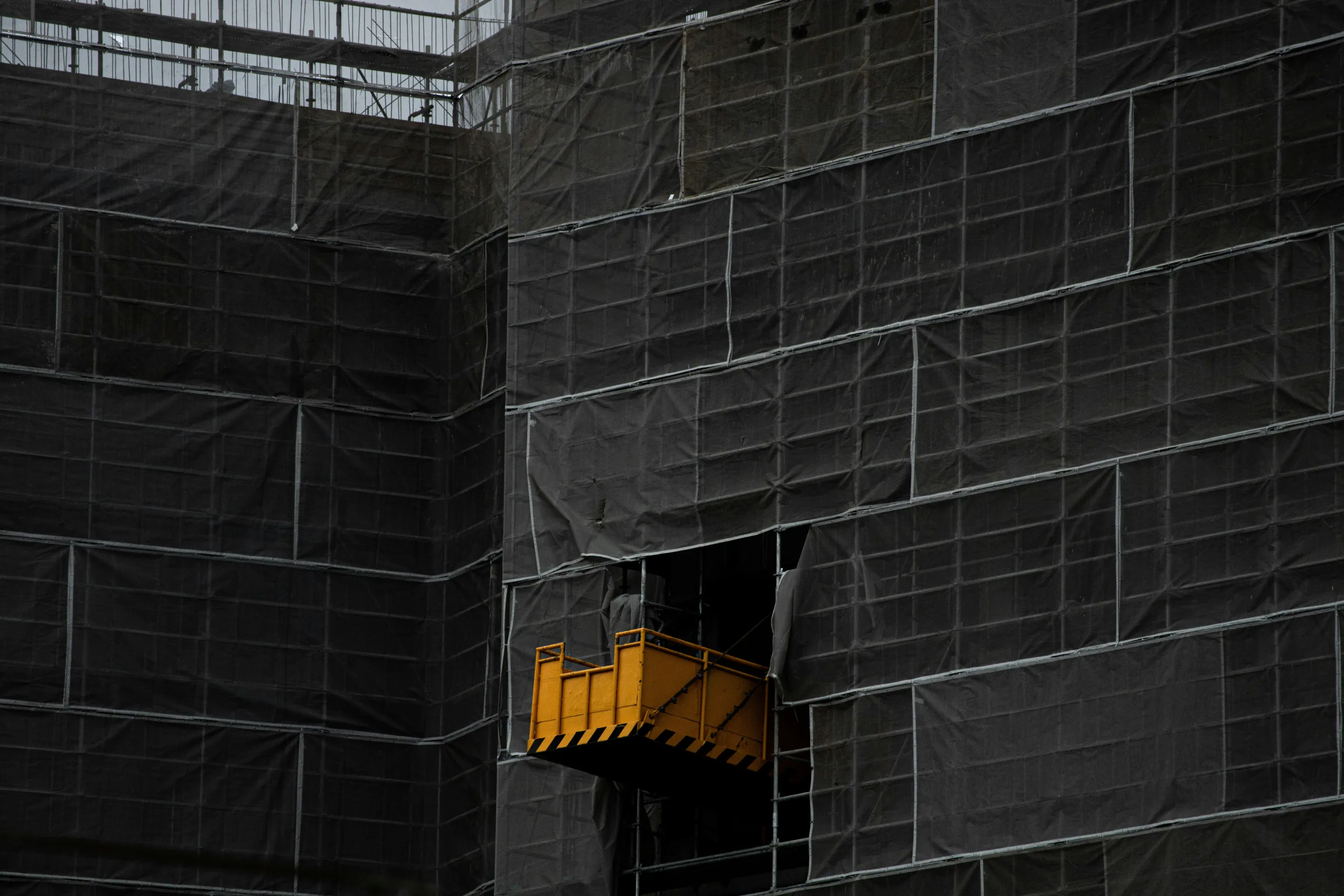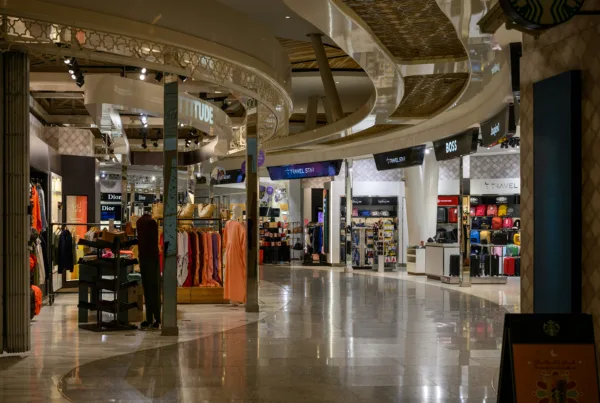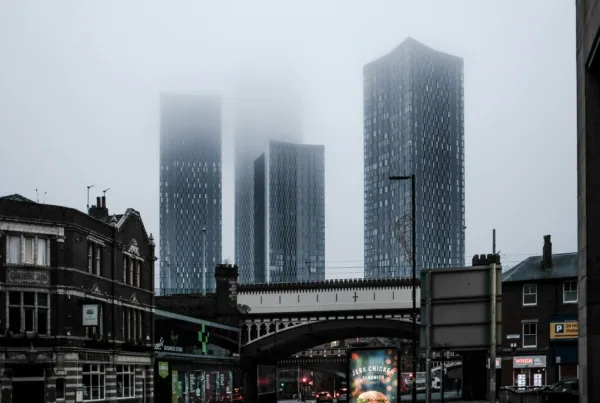Investments in refurbishments and fit-outs of commercial properties are commonplace for businesses aiming to enhance productivity, efficiency, and aesthetics. However, amidst the complexities of capital expenditures, many businesses inadvertently overlook substantial tax relief opportunities available through Capital Allowances. This oversight can result in significant financial losses, highlighting the importance of understanding and actively pursuing these tax-saving measures.
Recent years have expanded the scope and accessibility of Capital Allowances, underscoring their relevance for businesses today. These amendments not only reflect a governmental push towards supporting business investment but also signal increasing scrutiny by HMRC in this area. Thus, commercial property owners, tenants, financial advisors, and accountants must be vigilant in their understanding and application of capital allowances.
Capital Allowances allow businesses to offset specific qualifying expenditures against their taxable profits. Commonly overlooked qualifying assets include integral fixtures such as lighting systems, heating and ventilation units, plumbing and electrical systems, specialist equipment, and installations that significantly improve a property’s functionality or efficiency.
Despite their potential benefits, misconceptions surrounding Capital Allowances persist. Many businesses mistakenly classify refurbishment and fit-out expenses as purely non-claimable capital costs. For instance, there’s a prevalent misunderstanding that only major structural alterations qualify for allowances. In reality, even decorative enhancements or updates to integral systems can be eligible. Additionally, some businesses erroneously believe that once an opportunity to claim these allowances has passed, it cannot be revisited. Contrary to this belief, retrospective claims are frequently possible, offering businesses another chance at substantial savings.

The financial implications of understanding and applying capital allowances correctly are substantial. For example, a restaurant investing £500,000 in refurbishments initially viewed this expense as non-claimable. Upon expert analysis, however, it was revealed that £320,000 qualified for capital allowances, ultimately yielding tax savings of around £64,000. Such instances clearly demonstrate the powerful financial impact strategic management of capital allowances can have.
Compliance with HMRC’s standards is paramount to successfully claiming Capital Allowances. Accurate record-keeping, early engagement with qualified specialists, and detailed survey reports form the foundation of successful claims. Given the complexity of HMRC guidelines, partnering with experienced tax professionals is highly recommended to ensure accurate, efficient, and compliant claims.
In practical terms, businesses looking to capitalise on these allowances should undertake regular audits of past refurbishments, remain informed about legislative changes, and engage specialist capital allowance advisors to optimise their claims. An effective strategy involves proactive monitoring and structured reviews to ensure ongoing eligibility and maximisation of relief opportunities.
Ultimately, the significance of Capital Allowances in refurbishments and fit-outs cannot be overstated. Businesses regularly risk substantial tax relief due to misconceptions and oversight. By understanding, identifying, and proactively claiming capital allowances, commercial property stakeholders can significantly improve their financial outcomes.
For expert advice and support on Capital Allowance claims, businesses are encouraged to contact specialists such as HMA Tax, whose expertise can ensure that no potential savings are left unclaimed.




